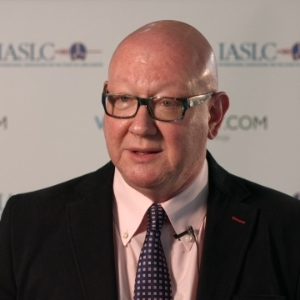Green beauty is an emerging concept that recognizes the importance of protecting the environment and creating products that are beneficial to consumers, the planet, and the future. Green beauty focuses on delivering natural products that take advantage of natural ingredients and processes to provide safe and beneficial products. In dermatology, green beauty seeks to provide safe, effective, and natural solutions to skin care. Green beauty products use natural and organic ingredients derived from plants and minerals. These ingredients are chosen for their skin-nourishing benefits and because of their minimal environmental impact. These products contain fewer chemicals, artificial fragrances, and preservatives and have replaced them with natural botanical alternatives. In addition, many “green” beauty products are not tested on animals, a concern for many consumers. Green beauty products are also designed to make a positive impact on the environment. Awareness of the microplastic problem has led many green beauty companies to embrace the use of natural exfoliation. This involves using natural ingredients like oatmeal, cornmeal, and sugar, which are sustainable and biodegradable and are not only better for the environment but also nourishing and mild for the skin. Green beauty products use natural components and processes, such as cold-pressing and steam distillation, to extract essential nutrients from natural ingredients and preserve their nutrient value. These green beauty products are high in antioxidants, vitamins, minerals, essential fatty acids, and other skin-enriching nutrients and can help to restore damaged skin while protecting it from further harm. The green beauty trend provides an important opportunity to make healthier choices when it comes to skin care products, allowing consumers to choose safe, healthy, and sustainable options. It helps create a healthier, more sustainable future by reducing the amount of waste generated by conventional beauty products. With so many green beauty products on the market, consumers can easily find an option that fits their needs.

Irina Sergeeva
Novosibirsk State University, Russian Federation
Dave Ray
Dave Ray Enterprises., United States
George Sulamanidze
Plastic Surgeon at Clinic of Plastic and Aesthetic Surgery and Cosmetology TOTALCharm, Georgia
Sergei A Grando
University of California Irvine, United States
Nino Tsamalaidze
Ltd Karabadini+, Georgia
Lina Petrossian
California University of Science and Medicine, United States
Surajbala Khuraijam
Manipur Health Services, India
Shrutimita Pokhariyal
Symbio, India
Yasser Mohammed Hassanain Elsayed
Egyptian Ministry of Health, Egypt



Title : Paraneoplastic Autoimmune Multiorgan Syndrome or PAMS: Paraneoplastic pemphigus revisited
Sergei A Grando, University of California Irvine, United States
Title : Modern non-invasive methods for in vivo assessment of skin
Georgios N Stamatas, SGS, France
Title : Personalized and precision dermatology through the view of biodesign-inspired translational & data-driven applications: Revolutionary skin treatments for every concern in clinical dermatology integrating skin care experts and consumers
Sergey Suchkov, N.D. Zelinskii Institute for Organic Chemistry of the Russian Academy of Sciences, Russian Federation
Title : The next generation of threads: Lifting, volumization, and biostimulation in one powerful triple action
George Sulamanidze, Plastic Surgeon at Clinic of Plastic and Aesthetic Surgery and Cosmetology TOTALCharm, Georgia
Title : Lymphoproliferative diseases in the practice of a dermatologist
Irina Sergeeva, Novosibirsk State University, Russian Federation
Title : Comparative efficacy of omalizumab and dupilumab in children with Chronic Spontaneous Urticaria (CSU): A retrospective cohort analysis
Molynna Nguyen, University of Toledo, United States
Title : "Mirror mirror on the skin” — A low-cost community strategy to reduce melanoma disparities in Washington, D.C.
Kayla Sampson, Georgetown University School of Medicine, United States
Title : Vitiligo: Not just an aesthetic disorder
Mateja Starbek Zorko, University Medical centre Ljubljana, Slovenia
Title : Personalized and Precision Medicine as a unique avenue to have the healthcare model renewed to secure the national biosafety: Advanced skincare solutions in individualized cosmetology, reconstructive plastic surgery and the modern beauty
Sergey Suchkov, N.D. Zelinskii Institute for Organic Chemistry of the Russian Academy of Sciences, Russian Federation
Title : Efficacy and safety of CE ferulic and resveratrol serums after fractional CO? laser: A split-face controlled trial
Yu Shi, Shanghai Skin Disease Hospital, China